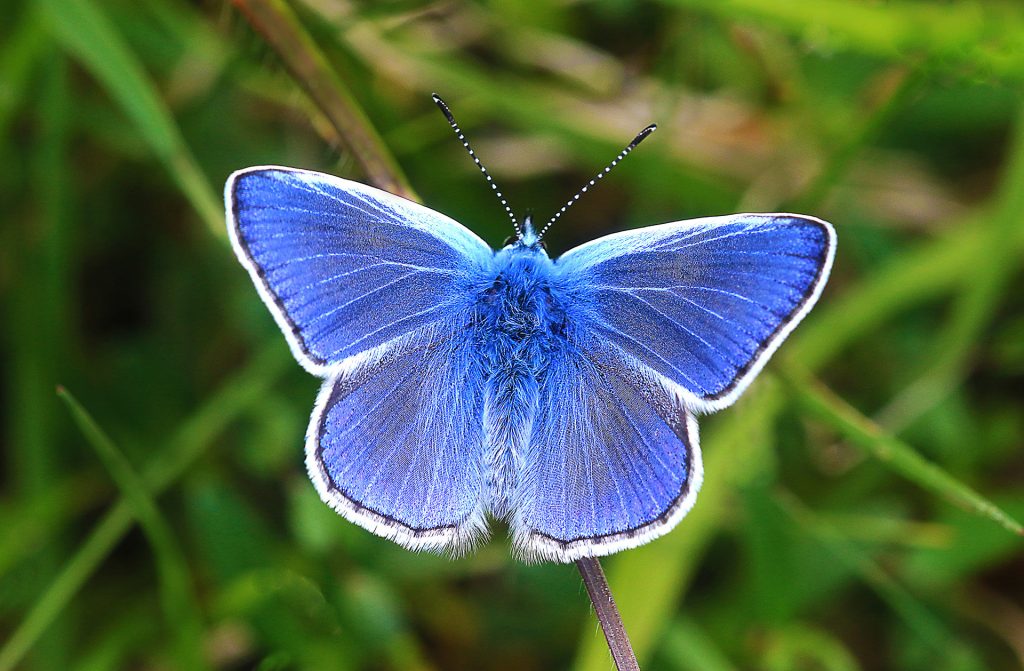Nature Notes: Spring
After the long, cold, dormant winter months, spring arrives, bringing warmth, new life, and renewal.
The vernal equinox, a time when day and night are of equal length, heralds a rise in both light and temperature which triggers all around. It is the start of a time described best by poet Christina Rossetti as: “When life’s alive in everything”.
As spring begins to unfold, wildflowers are seen at every turn. Amongst the earliest is the Wood Anenome, with its delicate creamy white blooms that nod in the slightest breeze, giving it the country name of ‘wind flower’. A snow-like covering of the flower on a woodland floor can indeed be a magical sight. Also making an early appearance are Lesser Celandine, which carpet woodland areas with a mass of shiny golden yellow stars.
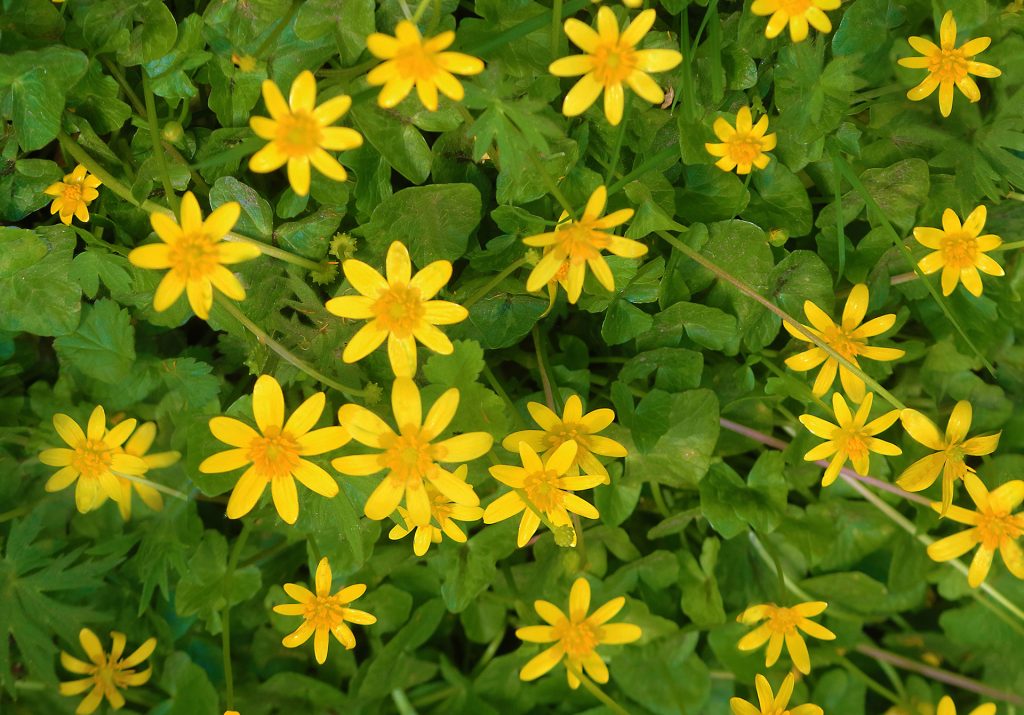
Soon after, the pale yellow, five-petalled Primroses appear and provide an early source of nectar and pollen for bees and butterflies. Seen too, in shady hedge-cover, is perhaps Britain’s most curious wildflower, the Wild Arum, otherwise known as ‘Lords-and-Ladies’. With its green, womb-like leaf sheath, dark purple spadix, and tendency to flourish in dark corners, it appears somewhat sinister. In the meadow, the hedgehog, which has recently emerged fully from hibernation, makes its twilight excursions among the closed blooms of the Dandelion which, with the arrival of daylight, open to carpet the grassland with a dazzling display of vivid yellow.
Birds busy themselves amidst the recently emerged foliage, where Blackbird, Song Thrush, and Chiff Chaff, one of the first avian signallers of spring with its rhythmic ‘chiff-chaff’ song, sing heartily. Less vocal but more visible at this time of year are Nuthatch and Tree Creeper who scamper along the boughs and branches in a search for food.
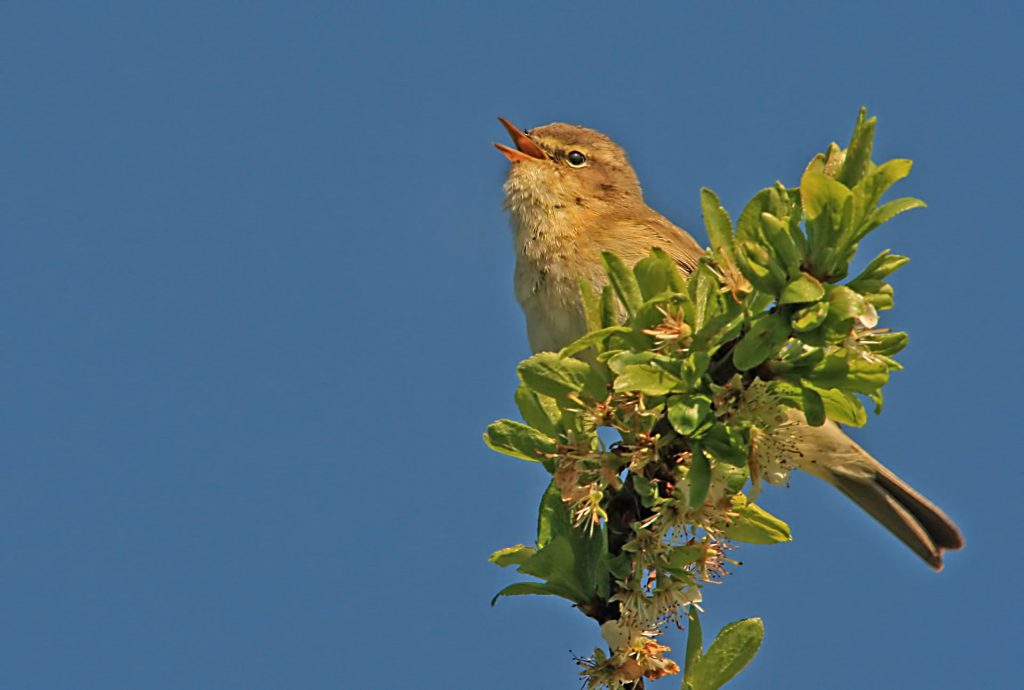
Somewhere, unseen, up amidst a deep blue sky and billowing white cumulus cloud, the Skylark pours forth its liquid, melodic song and in the distance, the familiar D-sharp call of a newly arrived Cuckoo is a signal that the new season is under way. Increased temperatures see the emergence of a legion of insects and caterpillars that are eagerly sought by adult birds of every kind to feed their youngsters in their nests. And in the warming evening air, bats appear to scoop up their insect prey using their silent and sophisticated echo-location hunting skills.
True to the old rhyme, “Sweet April showers, do bring May flowers”, the month of May truly deserves the title of ‘Month of Flowers’. The springtime spectacle of countless Bluebells carpeting the woodland floor with a breathtaking hazy indigo light is a sight not easily forgotten. In the woods too, the ubiquitous Hawthorn is clothed in creamy blossom, its dizzy fragrance possibly unequalled by any other woodland florescence.
And in the meadows, the glossy, golden buttercups gild the landscape as far as the eye can see, whilst in the longer grass the familiar pendulous butter-yellow flowers of the Cowslip sway gently in the heavily fragrant air. Great white frothy clouds of Cow Parsley, intermingled with the white star-like blooms of the Stitchwort fill the hedge-banks. Along the wood and grassland margins, the delicate creamy-white, orange-edged wings of the aptly named Orange-Tip Butterfly can be seen fluttering in and out.
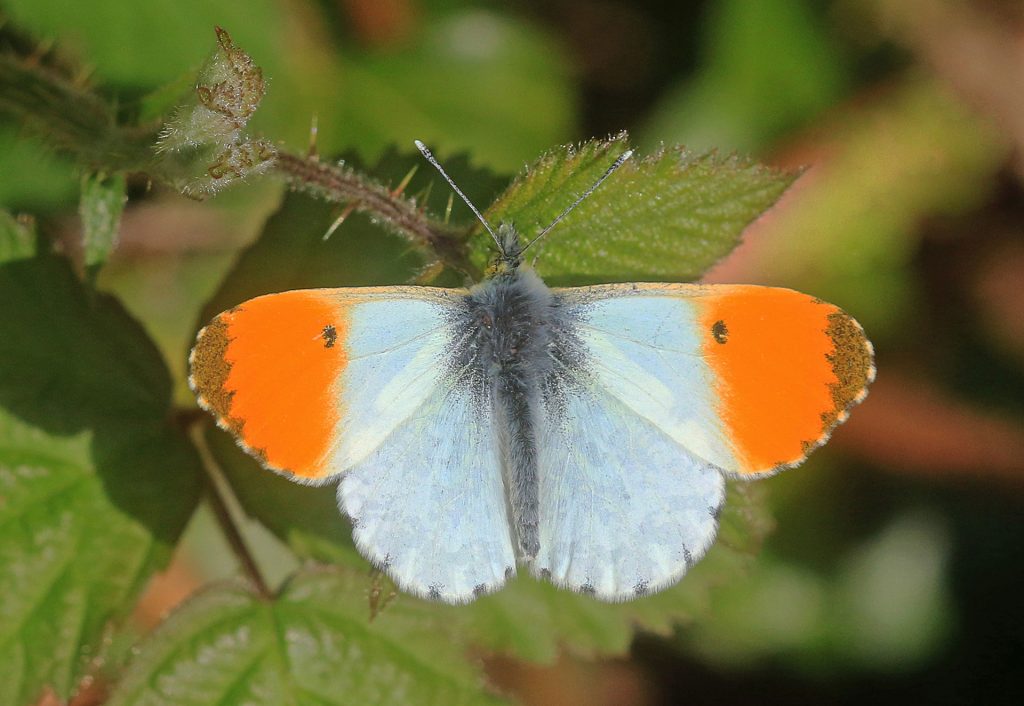
Other butterflies too emerge, including the Peacock, Comma, Red Admiral, and Small Tortoiseshell. A smaller, but equally beautiful species is the Common Blue butterfly which feeds on the flowers and lays its eggs on another familiar plant, the Bird’s-Foot Trefoil, also known by the charming country name, ‘eggs and bacon’, because of its bright yellow and red-streaked colouration.
Everywhere, trees are cloaked in verdant green and in the orchard, the boughs of apple and cherry trees are heavily weighed-down with a snow-like covering of white and pink blossom, while the Sycamore and Horse-Chestnuts slowly unfurl their great green banners.
At the waterside, the pale lilac Lady’s Smock and vivid yellow blooms of the Marsh Marigold glint against the remnants of the now long-gone winter. Alongside them is one wildflower that is often smelt long before it is seen, Ransoms, whose flowers and leaves give off its familiar pungent garlic smell.
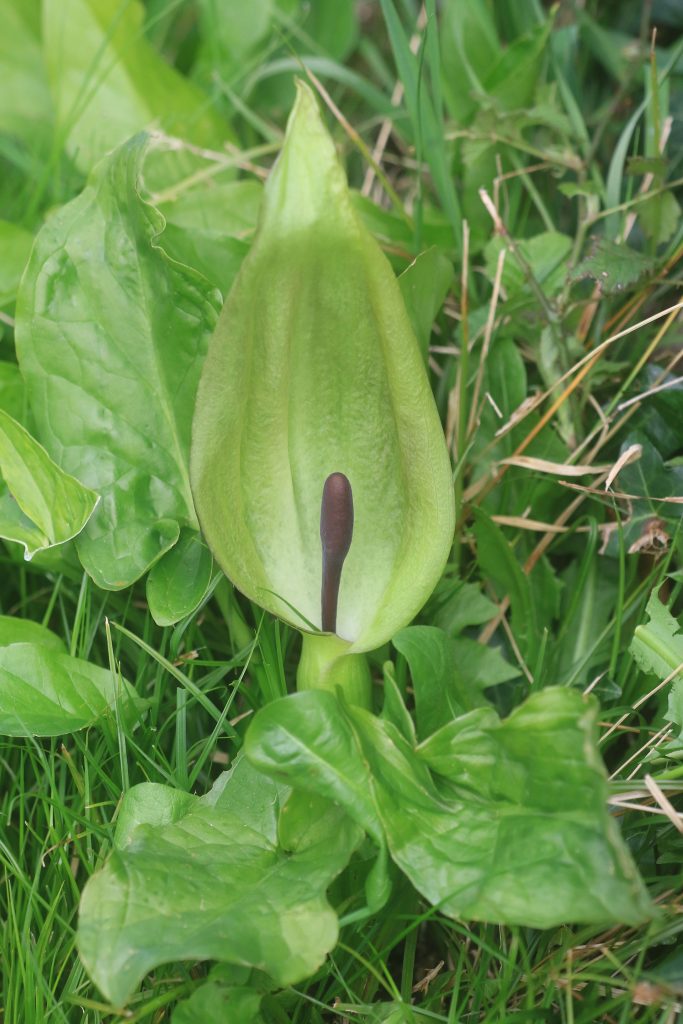
In damp meadows, Golden Marsh Marigolds come into flower and are often seen alongside the distinctive deep pink flowers of the Ragged Robin. Their serrated blooms, which look like they have been shredded with scissors, often partner the delicate Cuckoo Flower or Lady’s Smock upon which the female Orange Tip butterfly lays her eggs.
Mid-season, the striking, tall, tubular pink flowers of the Foxglove, which attract countless bumblebees, light up the woodlands and in damp areas and the spectacular golden Yellow Flag Iris does likewise. Around this time too, woods and parklands are decorated by the enormous candle-like flowering spikes of the Horse Chestnut.
As the season progresses, bird-song grows as each day passes. It is soon at its tuneful best especially during the ‘dawn chorus’ when, as the early morning light begins to break, there is a wonderful symphony of bird-song that gradually becomes more silent with the approach of summer.
Words and photos by David Jones

